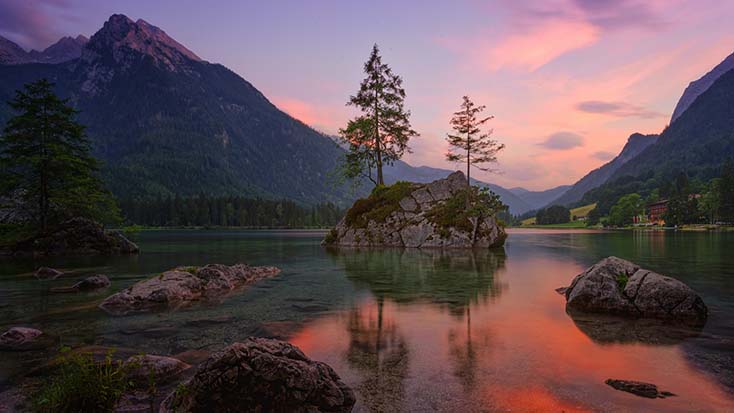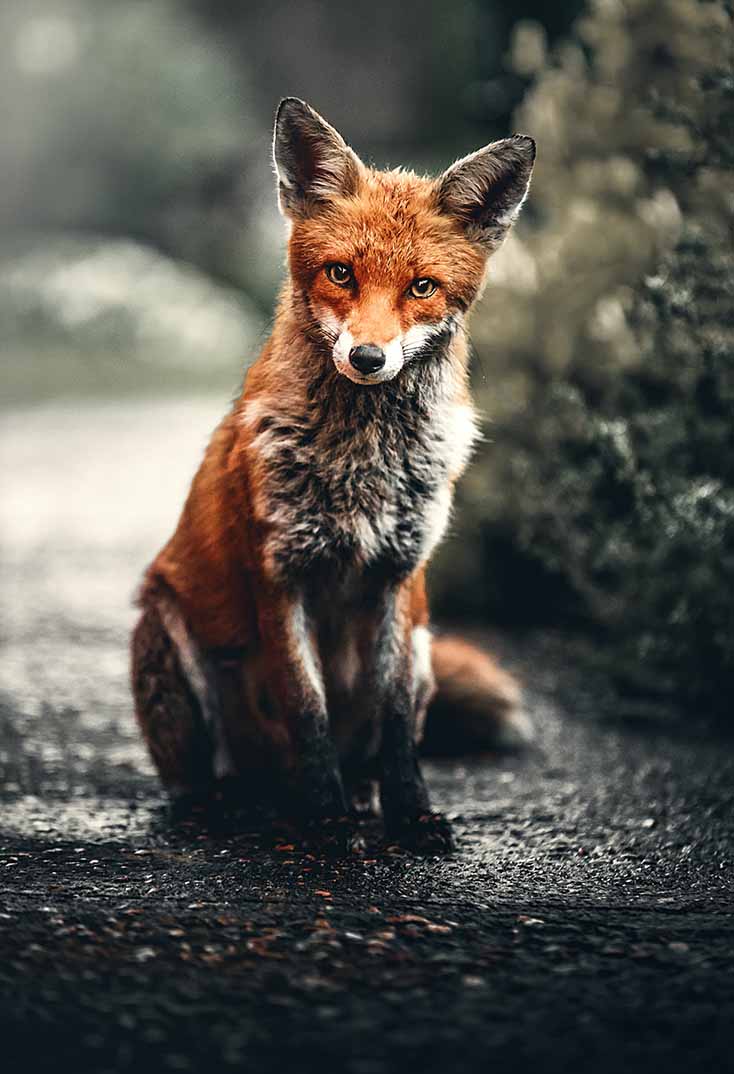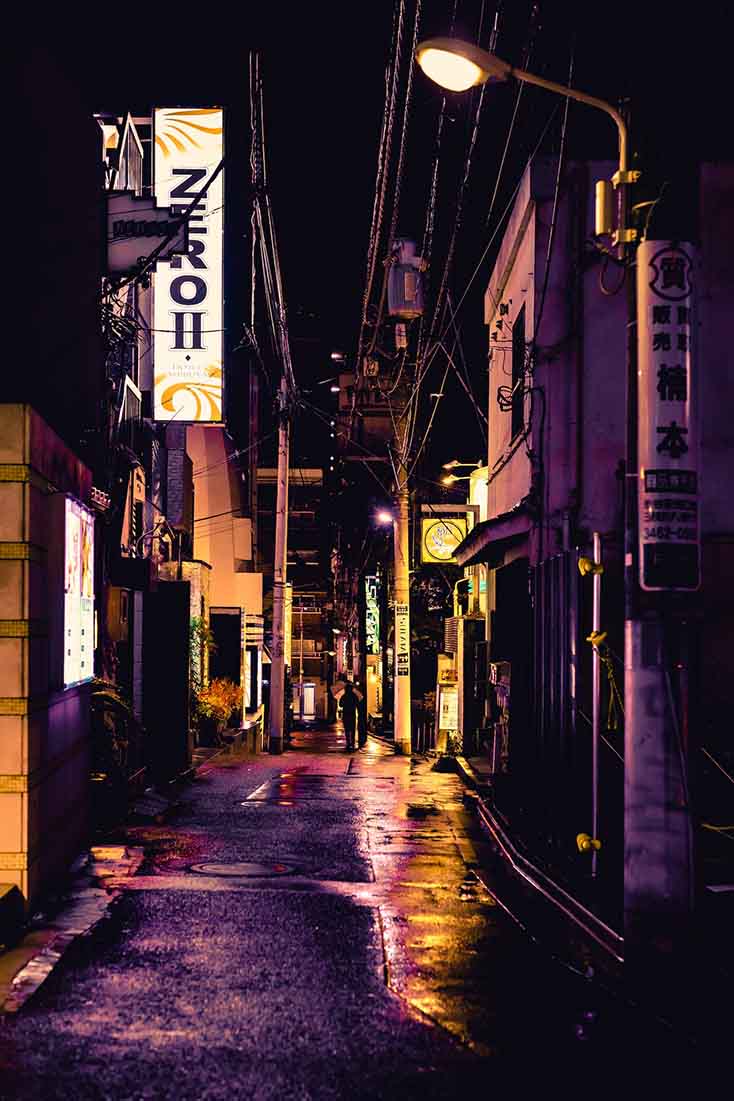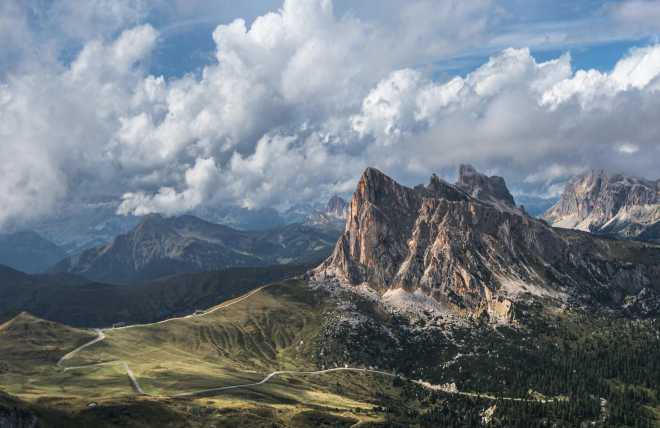The Subtle Art of Photography
From Good to Great: Transforming Your Photography Journey
What is the Difference Between a Good Photo and a Great Photo?
Introduction
In our visual world where images rule and a picture is worth a thousand words, understanding the distinction between a good photo and a great photo is invaluable. Whether you're a novice photographer, a professional, or simply an avid viewer, differentiating between these two concepts can enhance your appreciation for this art form and even improve your own photography skills.
So, what separates a good photo from a great one? Let's delve into the core of this captivating subject.
Defining 'Good' and 'Great' in Photography
To begin, it's essential to define what we mean by 'good' and 'great' in the context of photography.
A good photo is technically sound, well-composed, and visually pleasing. It checks all the boxes of the fundamental rules of photography—sharp focus, appropriate exposure, and a sensible composition. It captures the viewer's attention and evokes a certain level of emotional response.
On the other hand, a great photo transcends the basics. It's not just technically flawless, but it also resonates deeply with the viewer. A great photo tells a compelling story, provokes a powerful emotional response, offers a unique perspective, and stays with you long after you've moved on.
Key Differences Between Good and Great Photos
Technical Mastery
Photography, at its core, is a technical pursuit. The quality of a photograph is inherently linked to the technical skills of the photographer.
Good photos require a fundamental understanding of camera settings, such as ISO, shutter speed, and aperture. They require good exposure, sharp focus, and appropriate white balance.
Great photos, however, showcase a mastery over these technical aspects. They reflect a keen understanding of light and shadow, depth of field, motion, and color theory. They display not just knowledge of how to use a camera, but an ability to manipulate these settings creatively to serve the artistic vision.
Composition and Framing
The way a photo is framed and composed plays a crucial role in determining its effectiveness.
Good photos adhere to basic composition rules, such as the Rule of Thirds, leading lines, symmetry, and balance. They are visually pleasing and exhibit a level of thoughtfulness in their construction.
Great photos, however, often go beyond these foundational rules. They may use these principles as a starting point but are not afraid to break them when needed. Great photos show an intuitive sense of composition that guides the viewer's eye and highlights the photograph's main subject in an innovative way.
Emotional Impact and Storytelling
Arguably, the most profound difference between good and great photos lies in the narrative they carry and the emotions they evoke.
Good photos make us feel something, whether it's the tranquility of a sunset or the excitement of a bustling city street. They have an emotional impact that adds to their appeal.
Great photos, however, make us feel a lot. They weave a story that compels us to ponder, to empathize, to celebrate or mourn. They are not merely snapshots of moments but profound narratives that communicate on a deeper, more visceral level.
Unique Perspective and Originality
Photography is an art form, and like all art, it thrives on originality.
Good photos present subjects in a way that is pleasing and familiar. They offer a view that aligns with our expectations.
In contrast, great photos challenge these expectations. They present a unique perspective, a fresh take that stimulates thought and sparks intrigue. They capture common subjects in uncommon ways, compelling us to see the world anew.
The Role of Post-processing
Post-processing, the act of digitally editing photos after they've been taken, is an important stage of photography.
For good photos, post-processing mainly involves basic corrections—adjusting exposure, contrast, saturation, and cropping to improve the overall appearance.
But for great photos, post-processing is an art in itself. It is used creatively to enhance the mood, direct focus, emphasize the story, and augment the aesthetic appeal. It's not just about fixing what's wrong, but elevating what's right.
Factors that Can't Be Controlled – Timing and Luck
Finally, some aspects of photography just can't be controlled, and they often make a significant difference.
In a good photo, timing and luck might align to capture a fleeting moment—like a bird taking flight or a perfectly timed smile.
But great photos often feel like they've captured the impossible. They freeze the magic of a split-second moment, capturing a comet across the sky or a lightning strike in a storm. These photos are a testament to the photographer's patience, persistence, and sheer luck.
Case Studies
To fully grasp the difference between good and great photos, let's delve into some case studies that clearly illustrate the concepts we've discussed.
Case Study 1: Landscape Photos
Good Photo: Let's start with an image of a serene sunset over a beach. The image is well-exposed, the horizon is straight, and the colors of the setting sun are beautifully captured. There's a sense of tranquility, and it's a pleasing picture to look at. The photographer followed the rules of composition, positioning the setting sun along the rule of thirds. This is a good photo.
Great Photo: Now, consider a photograph of the same setting, but this time, the photographer has included a silhouetted figure walking along the beach. The exposure, color, and composition are all spot on, but this image offers more. The lone figure invokes feelings of solitude and contemplation. The viewer begins to construct a story around this person. The image is not just aesthetically pleasing—it resonates, makes you pause and wonder about the narrative behind the scene. This is a great photo.

Case Study 2: Wildlife Photos
Good Photo: Picture a well-composed photo of a bird perched on a branch. The bird is in focus, standing out sharply against a blurred background. The image is correctly exposed, with no overblown highlights or excessively dark shadows. It's a lovely image that showcases the bird's details and the photographer's technical skills.
Great Photo: Now, imagine another photo of the same bird, but in this one, the bird is in mid-flight, with its wings beautifully extended. The photographer has timed the shot perfectly to capture this fleeting moment. Not only is the image technically sound, but it also evokes a sense of freedom and motion. The picture doesn't just show us a bird—it brings us into the bird's world. It's a compelling image that inspires awe and admiration for the natural world. This is a great photo.

Case Study 3: Street Photography
Good Photo: Consider a picture of a bustling city street. The picture is sharp, well-composed, and dynamic. It gives us a glimpse into the city's life—the people, the architecture, the chaos. It's a good photo, effectively encapsulating a moment in the city's daily routine.
Great Photo: Now, envision a similar city street, but this time, there's an elderly woman in the foreground, laughing heartily with a young child. They stand out against the backdrop of the bustling city. The contrast between their joyful interaction and the impersonal cityscape stirs a strong emotional response. The image weaves a powerful narrative about human connection amidst urban life, making it an exceptional, memorable photo.

Conclusion
While the difference between a good photo and a great one might seem subtle, it fundamentally lies in the depth of impact, storytelling, originality, and technical expertise. As you continue your journey in photography, remember that each image you capture is a unique expression of your perspective. Embrace the challenge, seek continuous improvement, and who knows—your next click might just be that great photo you're striving to capture!

Great photography is about depth of feeling, not depth of field.
Faq
- What is the difference between a good photo and a great photo?
A good photo is technically sound, well-composed, properly exposed, and pleasing to look at. However, a great photo goes beyond the technicalities—it tells a story, evokes emotions, presents a unique perspective, and leaves a lasting impact on the viewer. A great photo also showcases a high level of craftsmanship, including skillful post-processing. - How can I improve my photography skills?
Improving photography skills involves understanding and mastering technical aspects such as exposure, focusing, and white balance. Learn the rules of composition and then experiment by breaking them. Practice storytelling through your images, capturing more than just a scene. Look for unique angles and perspectives. Master post-processing to enhance your photos. And most importantly, be patient, practice regularly, and constantly seek to learn and improve. - What role does storytelling play in great photography?
Storytelling is a crucial element in great photography. A photo that tells a story resonates more powerfully with the viewer, as it stirs emotions and provokes thoughts. It can portray a narrative about a place, a person, or a moment in time, making the photo more engaging and memorable. A great photo often tells a story that words cannot. - What are some key techniques to capture great photos?
Some key techniques include mastering the exposure triangle (ISO, aperture, and shutter speed), understanding and creatively using composition rules, working with different types of light, finding unique perspectives, and developing post-processing skills. Other vital aspects include patience, observation, understanding your subject, and being ready to capture fleeting moments. - How does post-processing contribute to creating great photos?
Post-processing plays a significant role in the creation of great photos. While it's important to get as much right in-camera as possible, post-processing allows you to fine-tune the image, correct any minor imperfections, and enhance certain aspects of the photo. It can be used creatively to improve the aesthetic appeal, direct focus, or enhance the mood and story. In other words, post-processing is a tool to bring your vision to life.
Pros and Cons
Pros:
- Boosts Creativity: Understanding the difference between a good and great photo can spark your creativity, encouraging you to experiment and think outside the box.
- Enhances Technical Skills: Delving into what makes a photo great naturally involves honing your technical skills, such as understanding exposure, composition, and post-processing.
- Deepens Understanding of Art: This exploration can deepen your appreciation and understanding of photography as an art form, not just a technical endeavor.
- Improves Visual Literacy: Analyzing the factors that contribute to great photos can improve your visual literacy, helping you 'read' and interpret images more effectively.
- Promotes Mindfulness: Striving for great photos can promote mindfulness and observation, as you'll be more aware and attentive to the world around you.
Cons:
- Time-Consuming: The journey from taking good to great photos can be time-consuming. It requires patience, practice, and continual learning.
- Can Lead to Perfectionism: With a deep understanding of what makes a great photo, you may fall into the trap of perfectionism, which can sometimes hinder creativity.
- Requires Investment: If you're serious about taking great photos, you may need to invest in better equipment or software, which can be costly.
- High Learning Curve: Photography involves a blend of technical skills, artistic perception, and storytelling. The learning curve can be steep, especially for beginners.
- May Lead to Frustration: The pursuit of great photos can lead to frustration when you're unable to capture what you envision. However, this is often part of the learning process.
Resources
- Understanding Exposure, Fourth Edition: How to Shoot Great Photographs with Any Camera by Bryan Peterson (Author)
Description: Bryan Peterson's revised "Understanding Exposure" demystifies complex exposure concepts in photography, explaining fundamentals of light, aperture, and shutter speed. It includes tips on sharpness, contrast, flash, colored gels, and shooting star trails. - The Photographer's Eye: Composition and Design for Better Digital Photos by Michael Freeman (Author)
Description: "The Photographer's Eye" emphasizes design as a crucial factor in creating successful photos. It discusses traditional composition techniques and the unique opportunities offered by digital photography and post-processing. This globally-recognized book offers clear examples, schematic illustrations, and guidance on exploring locations for best photographic possibilities. - Photography: The Definitive Visual History (DK Definitive Cultural Histories) by Tom Ang (Author), TOM ANG PARTNERSHIP (Author)
Description: "Photography: The Definitive Visual Guide" by Tom Ang traces the evolution of photography, including iconic photographs, biographies of famous photographers, and innovative cameras. The book also highlights photography's influence on social and cultural change. - Adobe Photoshop and Lightroom Classic Classroom in a Book by Rafael Concepcion (Author)
Description: "Adobe Photoshop and Lightroom Classic for Photographers Classroom in a Book" offers comprehensive, hands-on training for Adobe's photo-editing software. Covering basics and advanced features, it guides users in improving image quality, leveraging AI tools, and streamlining their workflow. - Humans of New York by Brandon Stanton (Author)
Description: "Humans of New York," based on the widely followed blog, is a New York Times bestseller featuring heartfelt stories and photographs capturing the spirit of New York City. This hardbound edition celebrates individuality and pays tribute to the city's diverse personalities.
